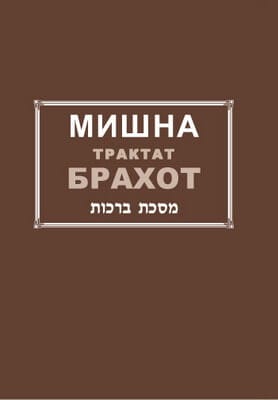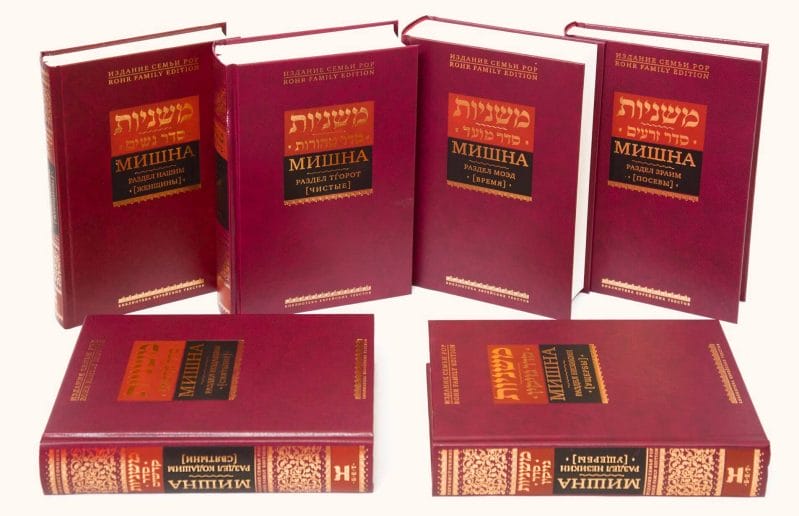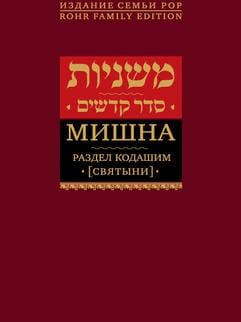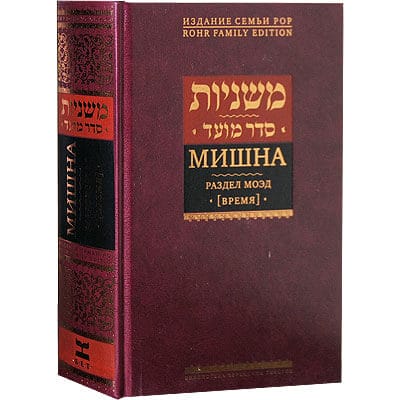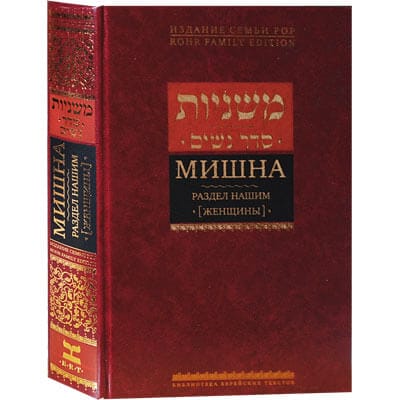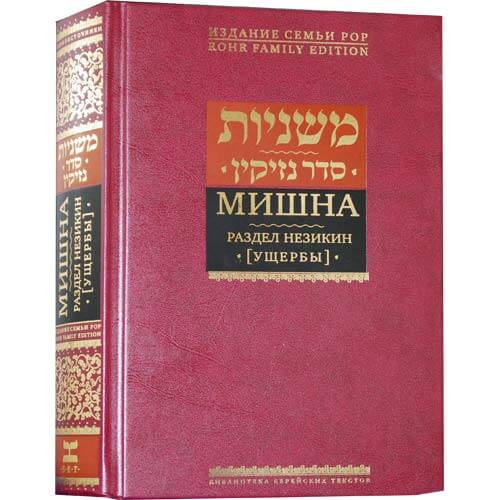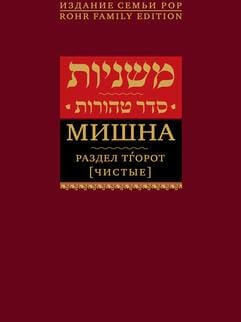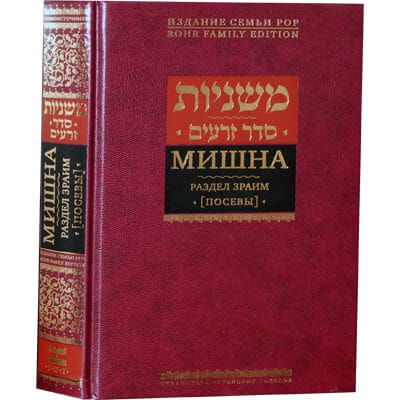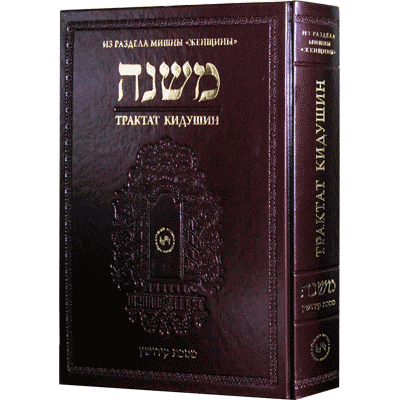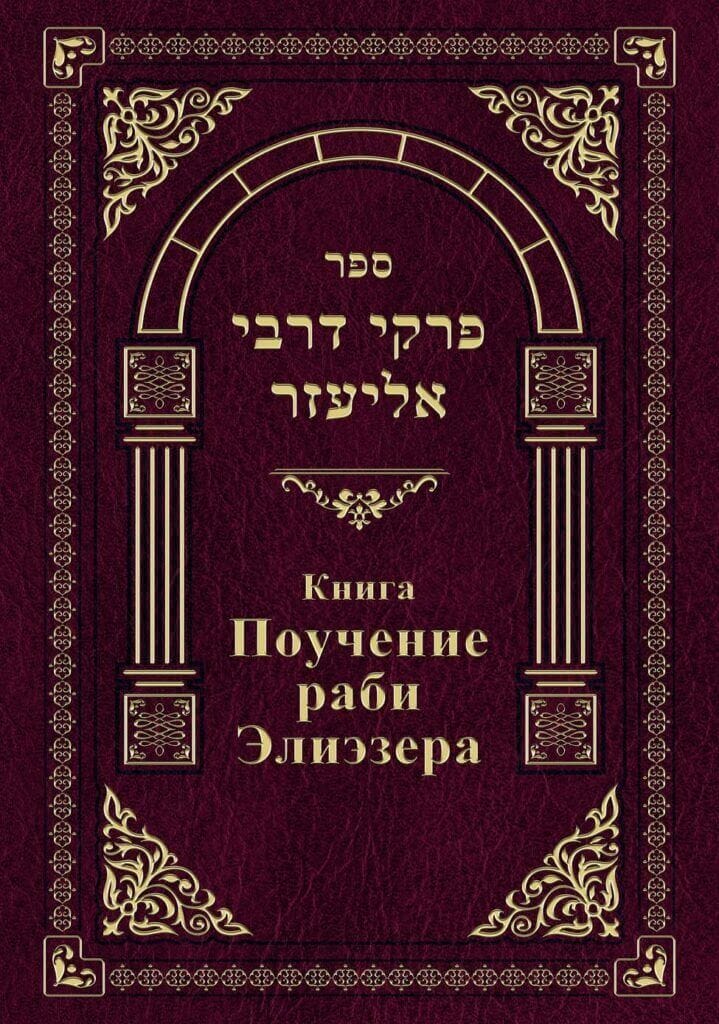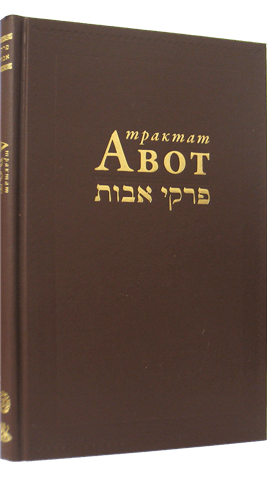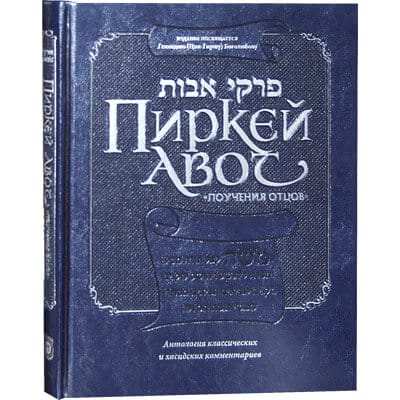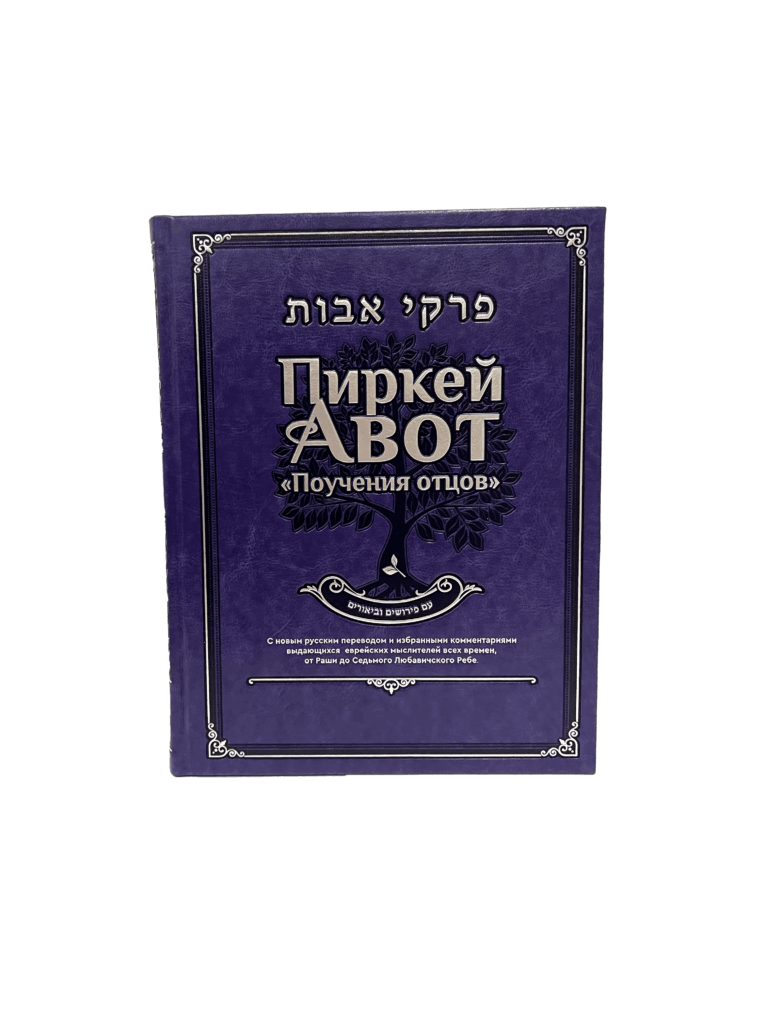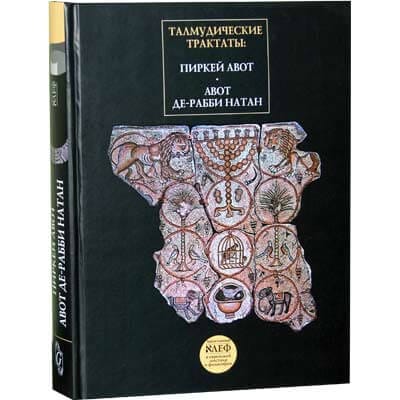Традиционное обоснование порядка трактатов (согласно Рамбаму) следующее. Келим идет первым, поскольку он вводит уровни нечистоты и диктует, к какому объекту различные нечистоты применяются вообще. Охолот следует за ним, поскольку он описывает наиболее серьезный тип нечистоты. Негаим следует за ним, поскольку он следующий по тяжести и поскольку, подобно трупу, мецора передает нечистоту шатра. Пара следует за ним, поскольку он описывает очищение от серьезных нечистот, с которыми уже было покончено. Следующий этап — меньшие нечистоты (Тохорот) и их метод очищения — погружение (Микваот). Нида следует за ним, поскольку это также меньшая нечистота, но она имеет дополнительную особенность — она применяется только к части людей (т. е. к женщинам). Макширин, Завим и Тевуль Том следуют за Ниддой на основе порядка Писания. Следующий этап — нечистоты, которые являются только раввинскими (Ядаим). Наконец, Укцин является последним, поскольку он ограничен и не имеет библейского источника, а его законы выведены из рассуждений мудрецов.

